What Some Women Will Do for Beauty
From eyelid surgery to leg-lengthening and calf-narrowing, it seems there is little some women won't do to achieve that iconic look.
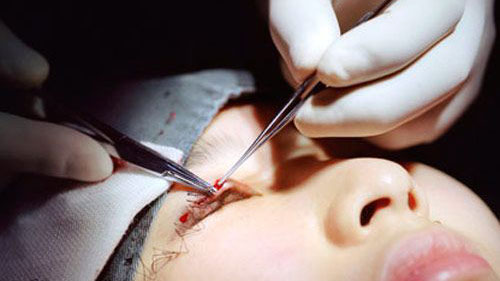
EXTREME MAKEOVER, PART 1: Double-eyelid surgery (a.k.a. Asian blepharoplasty)
WHY IT'S DONE: About 50 percent of Pacific Asians do not have an upper-eyelid crease. For those who do, the crease falls about 7 mm above the lashline, whereas for Caucasians, the crease falls about 11 mm above it.
HOW IT WORKS: During the most popular version of this outpatient procedure, a crescent-shaped incision is made along the new crease line, and a small amount of skin, tissue, and fat on the upper eyelid is cut away. When the two sides are sutured back together, the incision is hidden under the newly created crease.
PROCEDURE LENGTH: Approximately one hour
RECOVERY TIME: Sutures are removed after about a week. Bruising and swelling usually subside after a month.
COST: $2500 to $5000
ORIGIN: 19th-century Japan. The popularity of the procedure jumps whenever there was a significant Western presence in Asia — for example, during the Korean War.
Stay In The Know
Get exclusive access to fashion and beauty trends, hot-off-the-press celebrity news, and more.
HOW COMMON: Almost 300,000 Asians in the U.S. had the surgery in 2006.
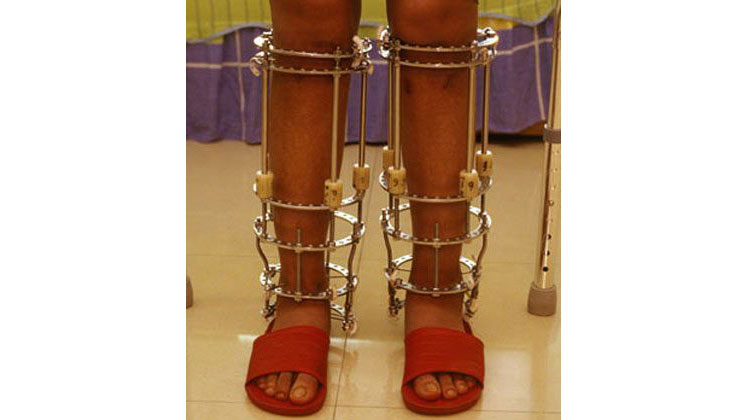
EXTREME MAKEOVER, PART 2: Leg lengthening
WHY IT'S DONE: The Chinese are so height-conscious, jobs and even schools often post height requirements. To apply for the foreign ministry, women must be 5'3" (the national average), whereas flight attendants must be at least 5'5". As a result, being tall — or short — can have a direct impact on one's livelihood.
HOW IT WORKS: Calf and shin bones are broken and pierced with steel pins, which are fixed to an external frame with screws. Then stretching — by means of turning those screws and lengthening the bone at the point where it was broken — is carried out over the next several months. The steel pins are left in for another year as support for the newly regenerated bone.
RANGE OF GROWTH: 1 to 5 inches.
COST: $15,000 to $25,000
RISKS: Horror stories include misshapen legs, feet that splay outward, and bones that never heal properly and break easily. In November 2006, China restricted the procedure to select hospitals that offer post-surgical care and rehabilitation.
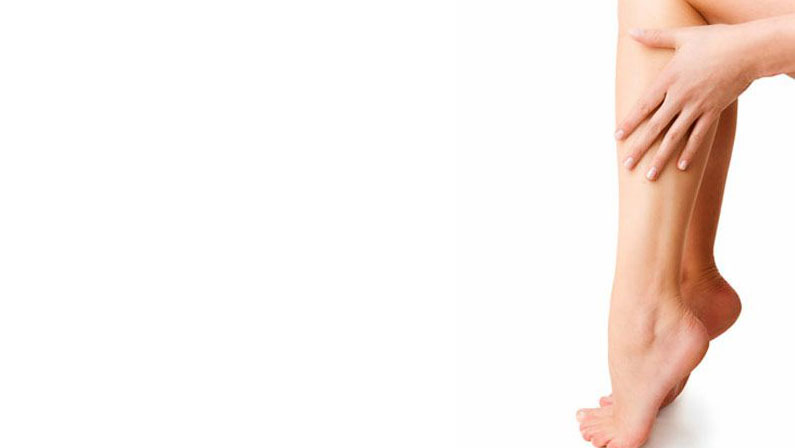
EXTREME MAKEOVER, PART 3: Calf reduction
WHY IT'S DONE: In general, Asian women have shorter legs and thicker calves than Caucasian women. These features are thought to be unsightly in their culture (some refer to them as "radish legs").
HOW IT WORKS: Two small incisions are made at the top of the calf in the back of the leg, where an endoscope is inserted and the muscle is separated from the membrane. The protruding muscle is cut away, shrinking the circumference of the calf. Patients usually recover in six months.
POTENTIAL SHRINKAGE: 1 to 3 inches.
COST: About $2,800
MOST POPULAR IN: South Korea, but gaining popularity all over Asia; it has yet to make its way to the U.S.
RISKS: Excessive bleeding, shapeless legs.
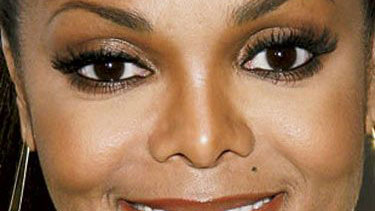
MOST POPULAR COSMETIC SURGERIES BY ETHNICITY
In the past five years, the number of plastic surgeries performed on minorities jumped 65 percent — compared with an increase of 38 percent for the overall population. Why the spike in minority candidates? Higher incomes and access to a wider range of ethnic-specific techniques.
A GLOBAL LOVE AFFAIR WITH THE KNIFE
In an attempt to preserve traditional Eastern looks, plastic surgery was banned in China until 2001. Now, it's a $2.4-billion-a-year business. Add Japan (which spends $18.4 million on plastic surgery annually) and India (where cosmetic surgery has experienced a 15 percent growth in the past three years), and Asia is now the world's second-largest plastic-surgery hub. The U.S. is still in the lead, with its whopping $8.4 billion industry.
THE QUEST FOR A SKI-JUMP NOSE
Unlike the rhinoplasties performed on Caucasians (often to straighten a bridge or remove a bump), nose reshaping for minorities generally leads to narrower nostrils, a higher bridge, and a pointier tip — shapes typical of white noses.
TOP COUNTRIES FOR BREAST AUGMENTATION
Spain, Italy, U.K., Sweden, Finland, India, Norway, Slovenia. In the U.S., the procedure ranks #1 for Hispanics and #2 for Asian-Americans among minorities.
-
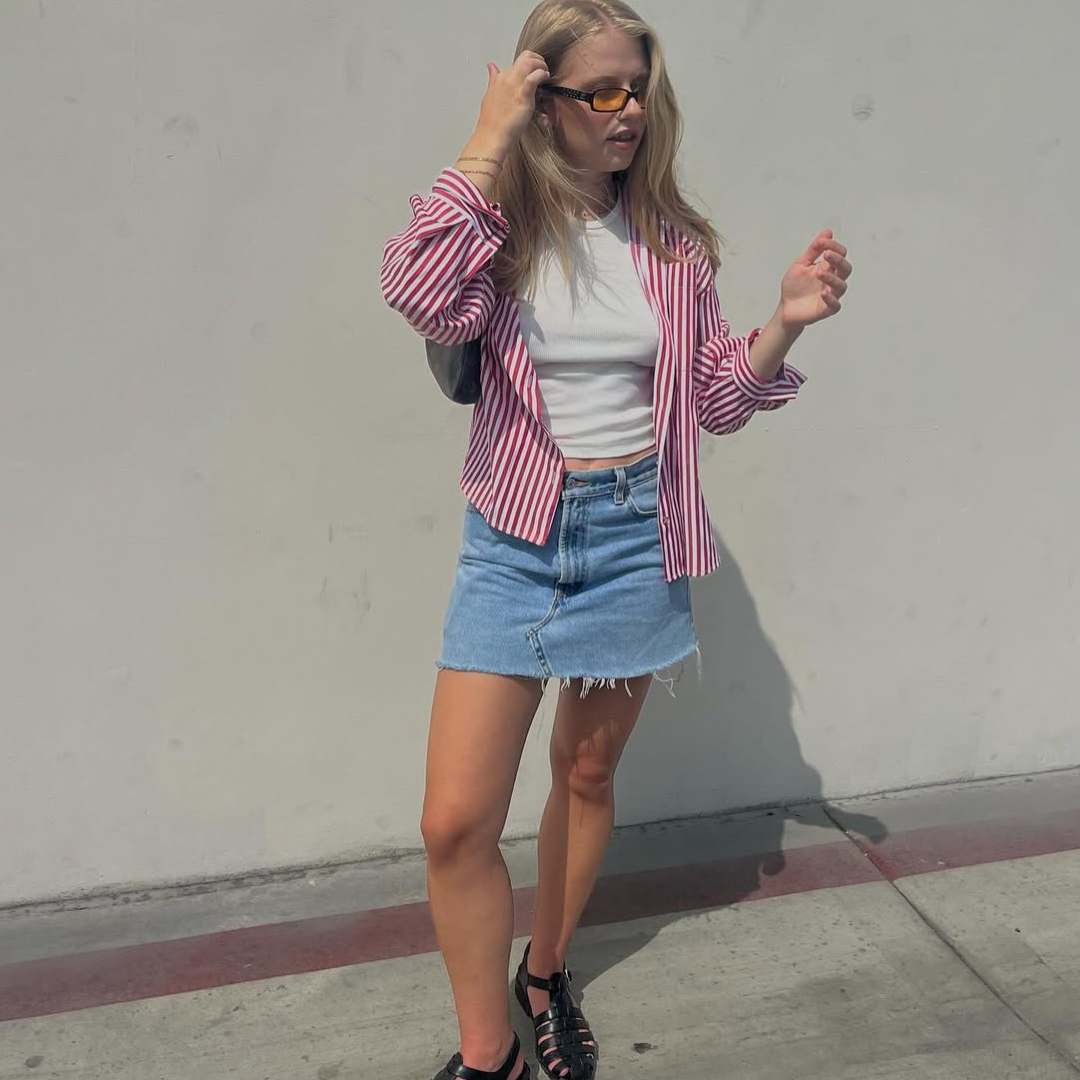 Every Fashion and Beauty Find You Need For 75-Degree Days
Every Fashion and Beauty Find You Need For 75-Degree DaysConsider this your warm-weather checklist.
By Kaitlin Clapinski
-
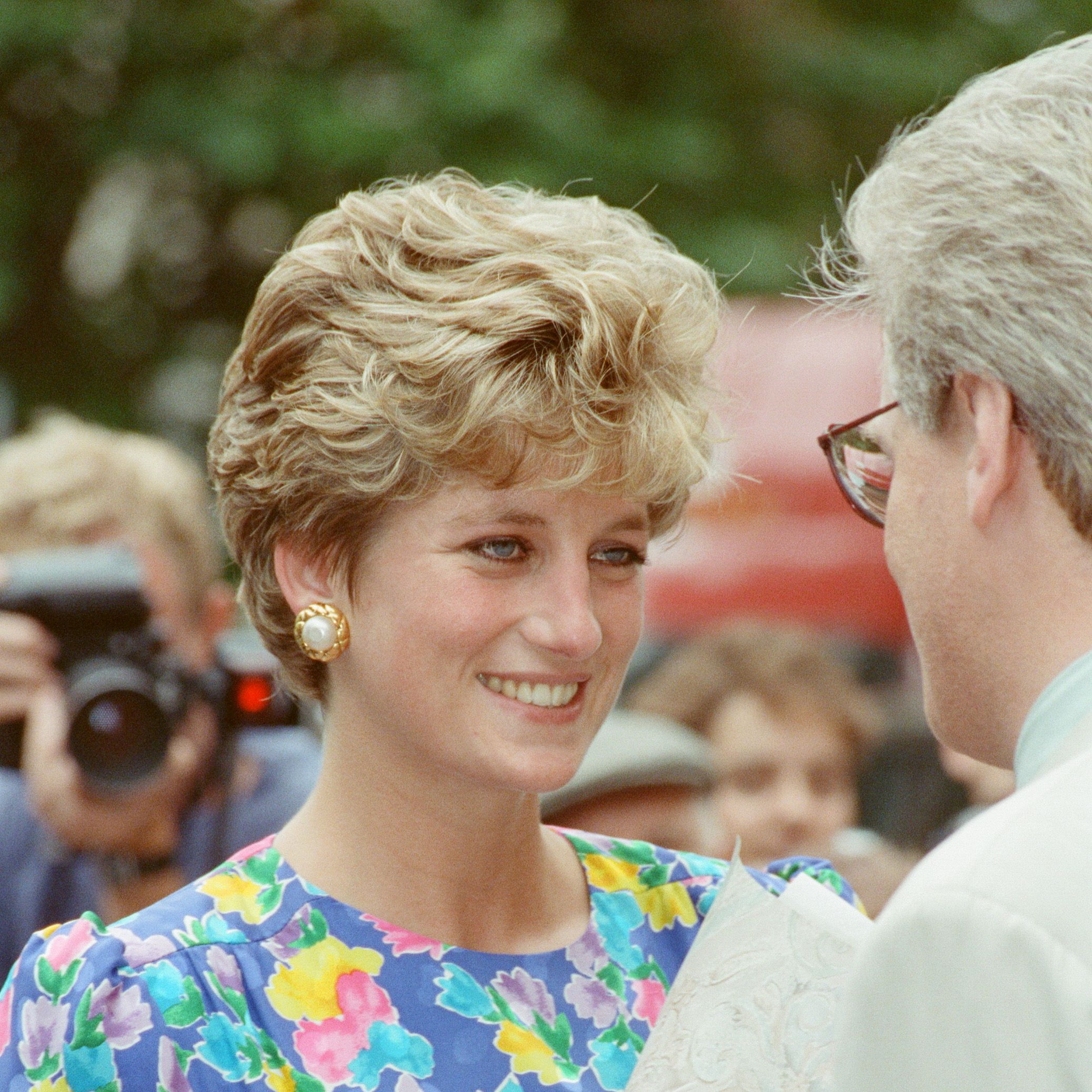 One of Princess Diana's Most Iconic Dresses Is Going Up for Auction—And Its Expected Price Will Shock You
One of Princess Diana's Most Iconic Dresses Is Going Up for Auction—And Its Expected Price Will Shock YouJulien's Auctions tells 'Marie Claire' that one famous dress could potentially break records.
By Kristin Contino
-
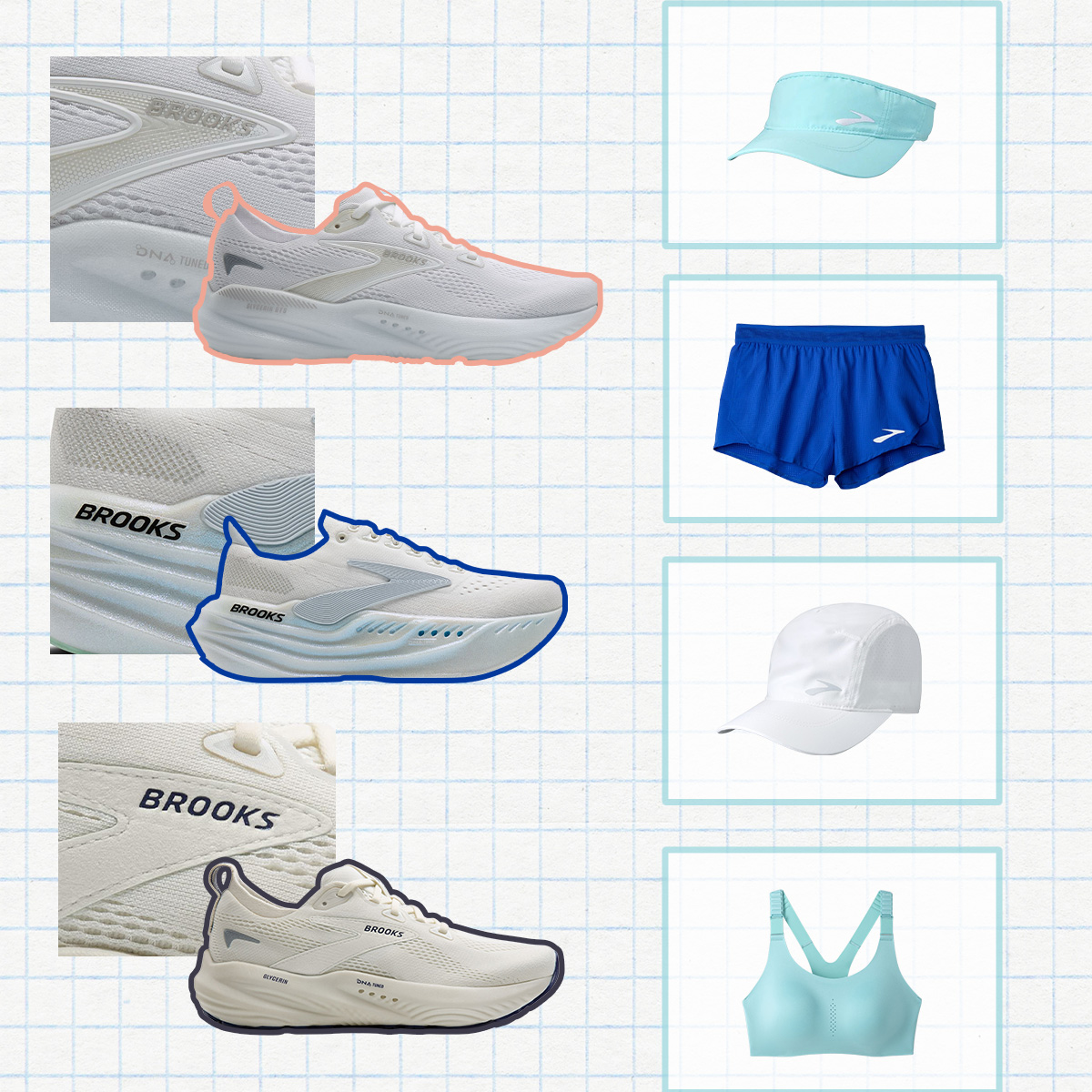 The Sporty Aesthetic Is Defining Spring 2025—16 Limited-Edition Pieces to Shop
The Sporty Aesthetic Is Defining Spring 2025—16 Limited-Edition Pieces to ShopIncluding your new favorite sneakers.
By Emma Walsh
-
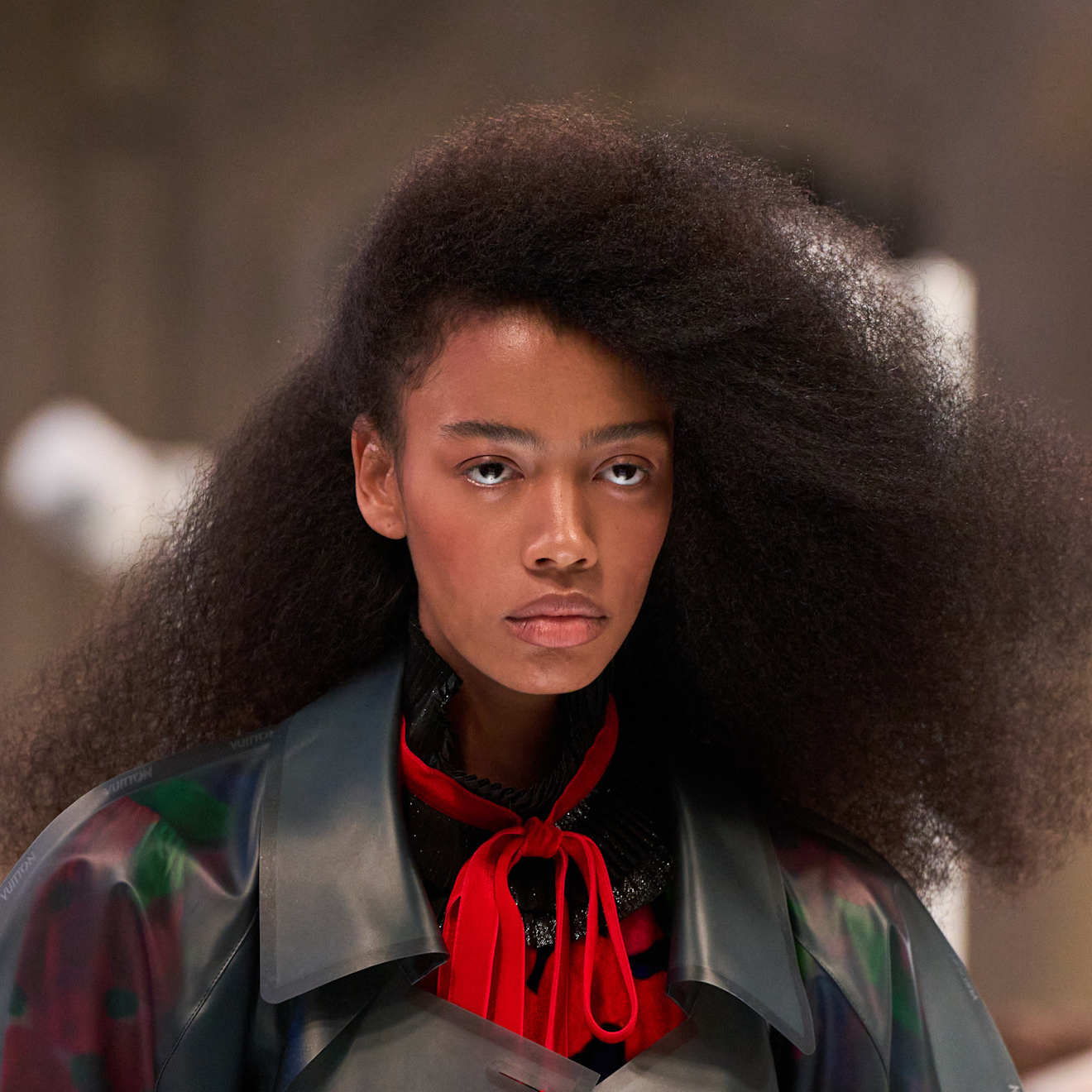 Everything You Need to Know About Marie Claire’s Skin and Hair Awards
Everything You Need to Know About Marie Claire’s Skin and Hair AwardsCould your brand survive an editor testing session?
By Ariel Baker
-
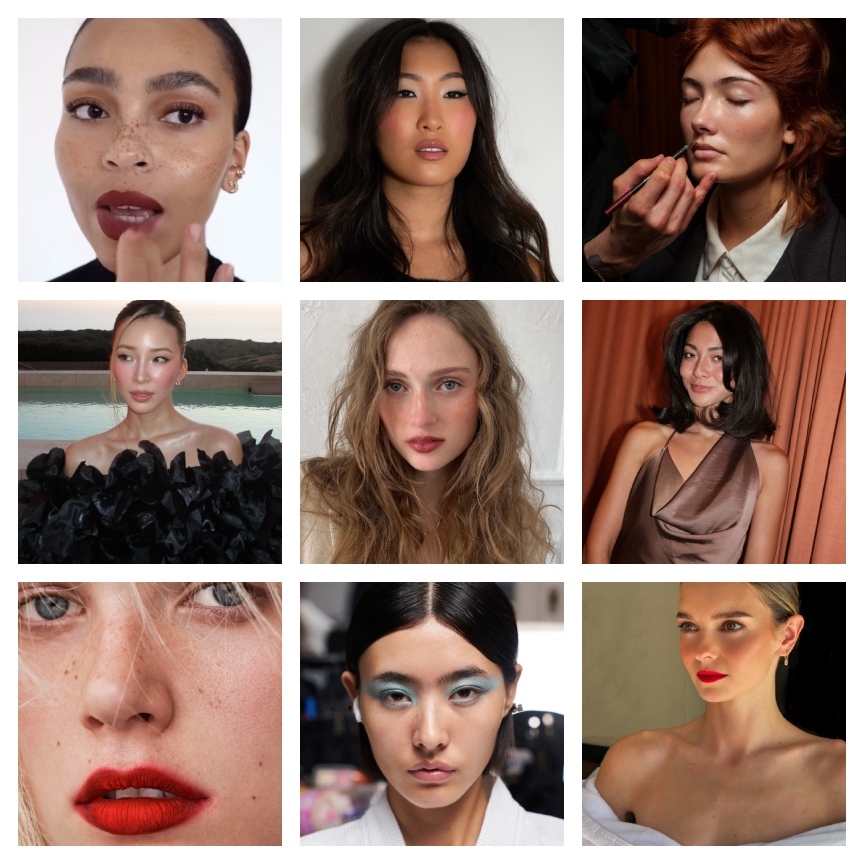 The 11 Best Spring Makeup Trends Are Sexy, Sensual, and Perfectly Luminous
The 11 Best Spring Makeup Trends Are Sexy, Sensual, and Perfectly LuminousIt's dew or die time.
By Jamie Wilson
-
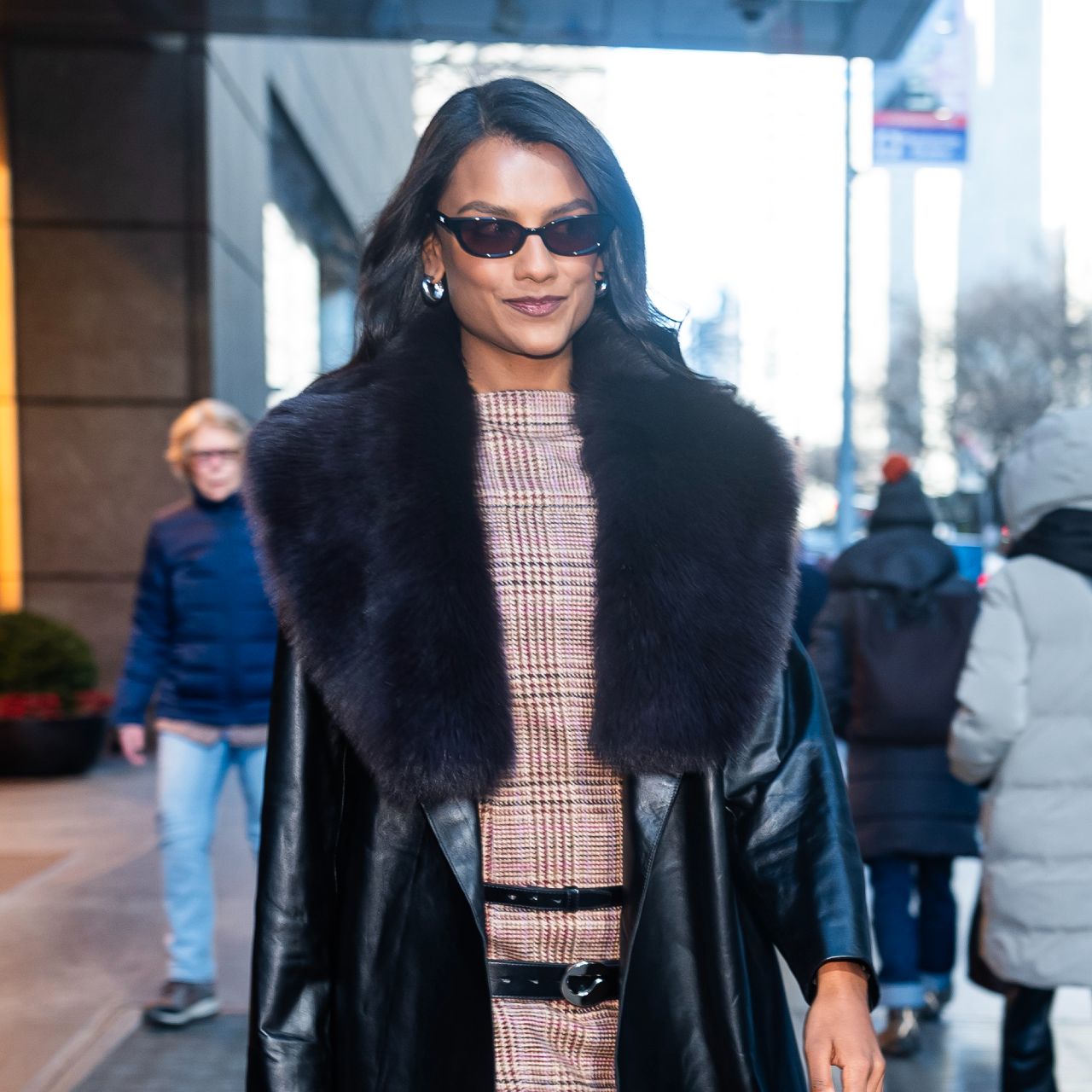 Simone Ashley’s Indie Sleaze Glam Is a Cool-Toned Dream
Simone Ashley’s Indie Sleaze Glam Is a Cool-Toned DreamThe actor was spotted in New York City looking like the epitome of cool-toned beauty.
By Ariel Baker
-
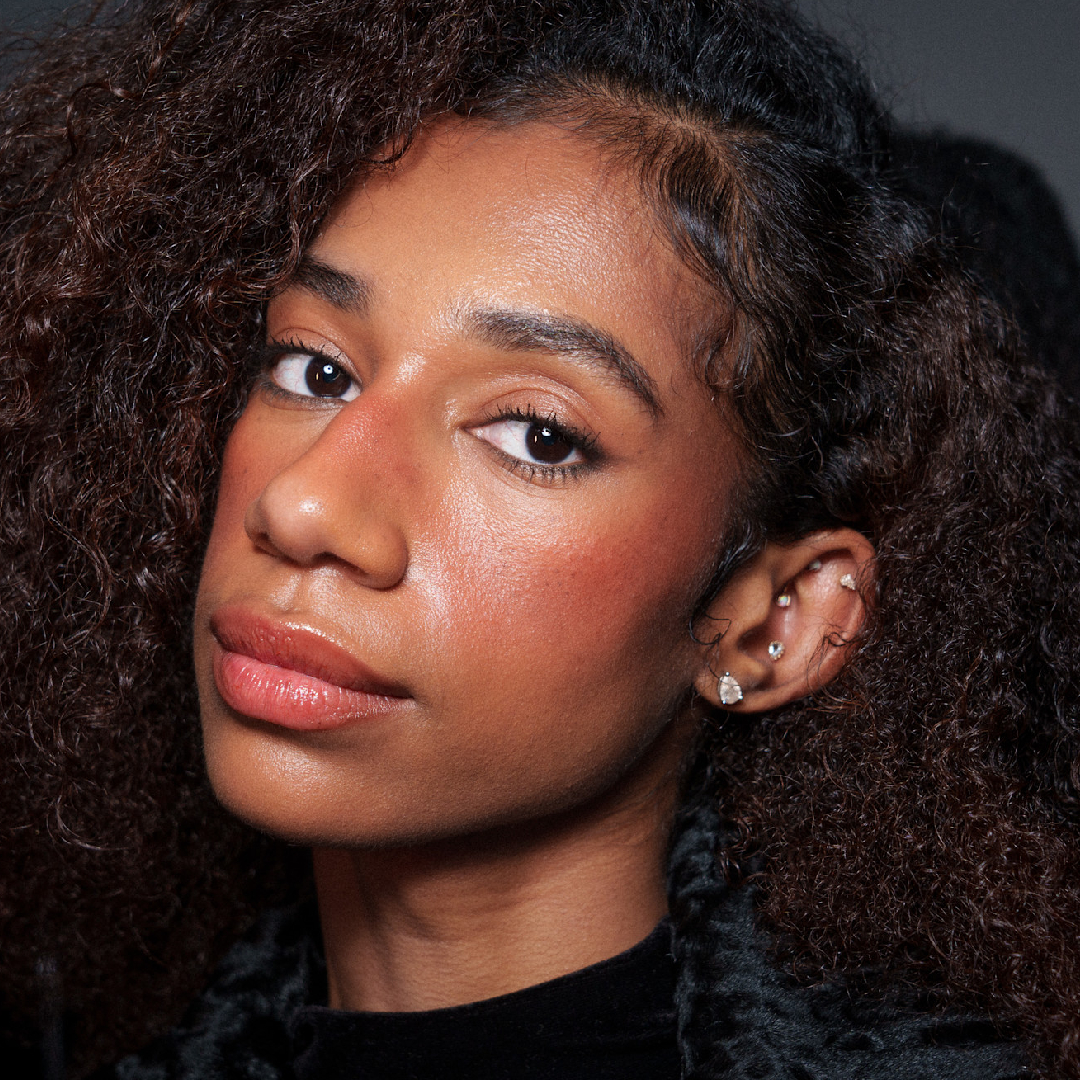 The 10 Best Hair Growth Shampoos of 2025, Tested by Editors
The 10 Best Hair Growth Shampoos of 2025, Tested by EditorsExpensive and healthy-looking hair on lock.
By Marisa Petrarca
-
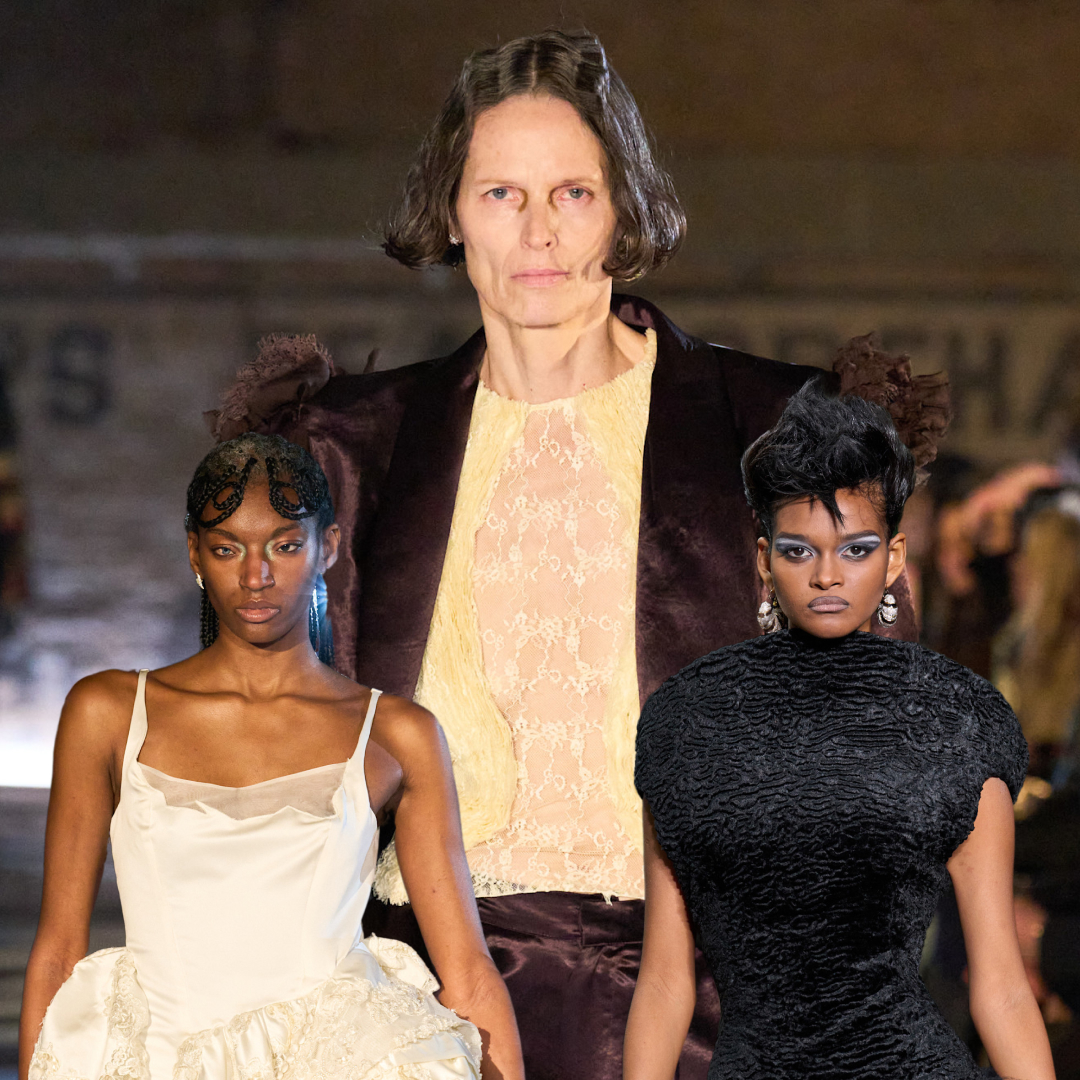 New York Fashion Week’s Fall/Winter 2025 Best Beauty Moments Are a Lesson in Juxtaposition
New York Fashion Week’s Fall/Winter 2025 Best Beauty Moments Are a Lesson in JuxtapositionThe week's best beauty looks were a maximalism master class.
By Ariel Baker
-
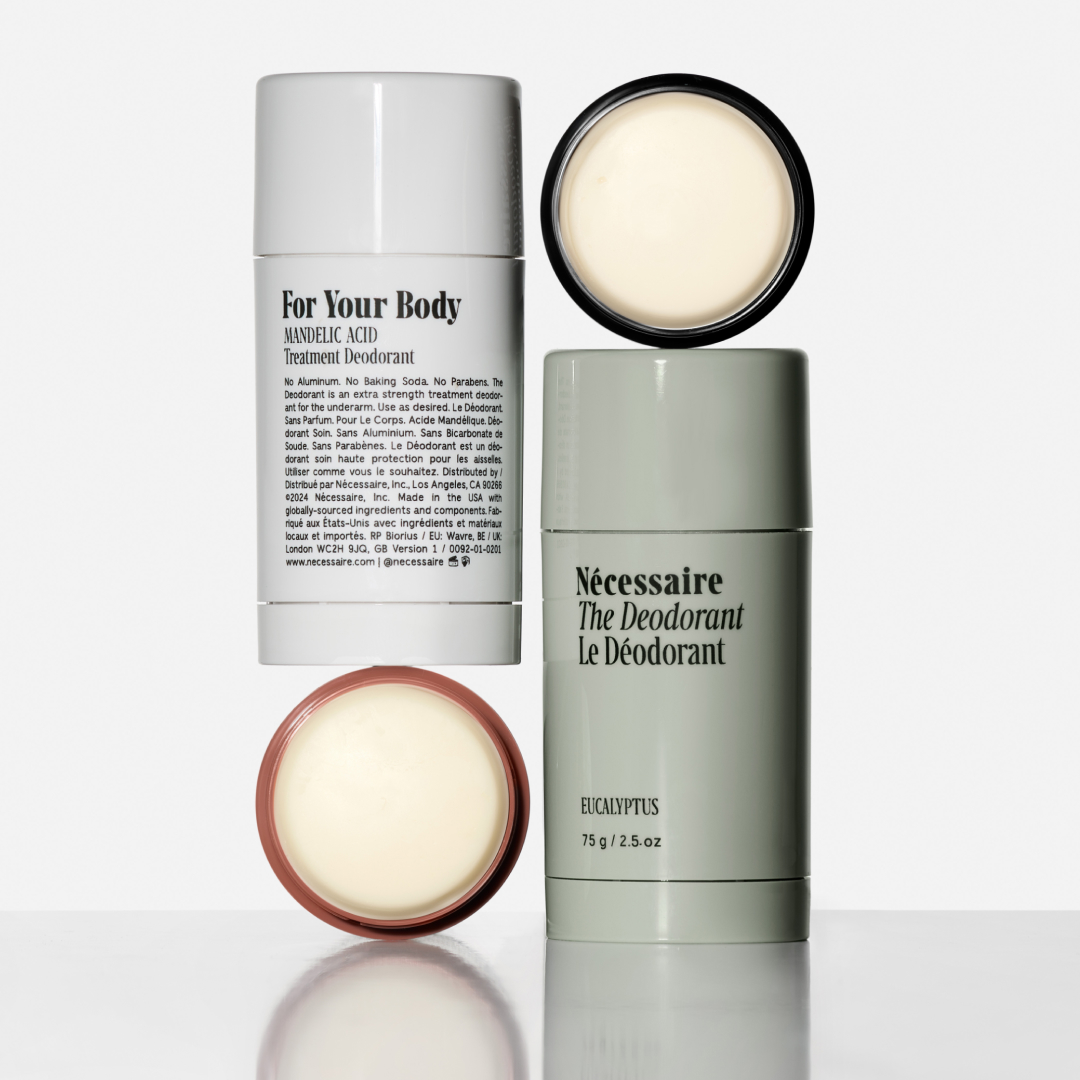 Nécessaire's Extra-Strength Deodorant Outlasts an Editor's Sweatiest Test: Fashion Week
Nécessaire's Extra-Strength Deodorant Outlasts an Editor's Sweatiest Test: Fashion WeekEven with my hectic schedule, I've never smelled better.
By Halie LeSavage
-
 Lily-Rose Depp’s Cool-Toned Makeup Is So ‘90s Coded
Lily-Rose Depp’s Cool-Toned Makeup Is So ‘90s CodedClean girl meets grunge.
By Ariel Baker
-
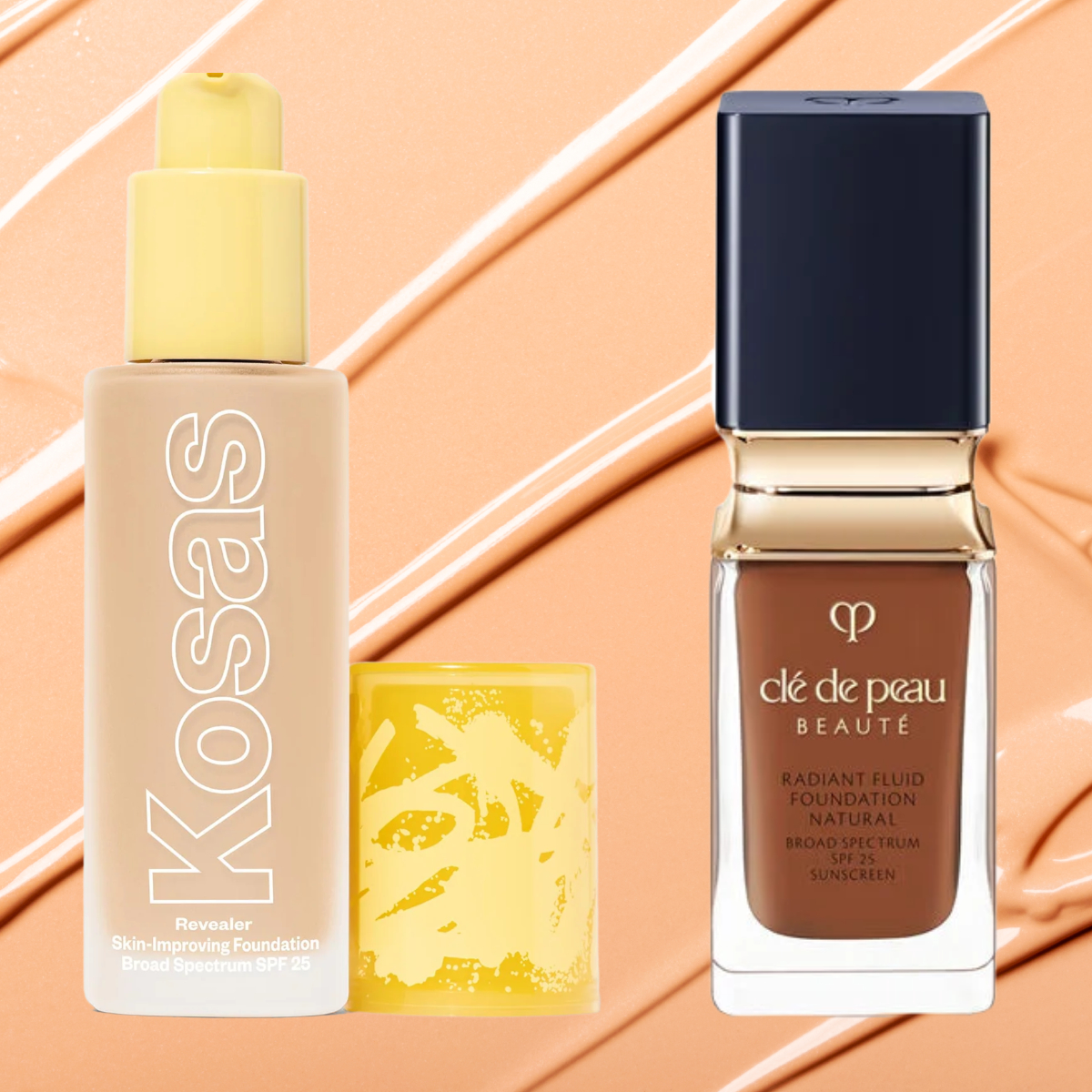 The 15 Best Foundations for Mature Skin, Tested by Women Over 50
The 15 Best Foundations for Mature Skin, Tested by Women Over 50It's perfect for mature complexions.
By Siena Gagliano